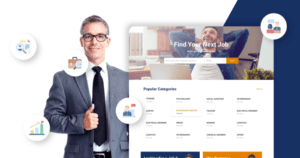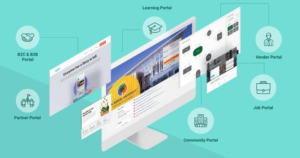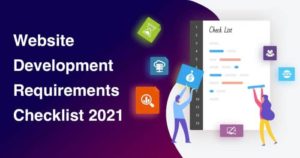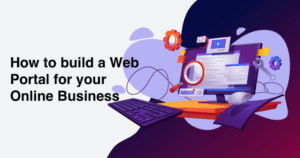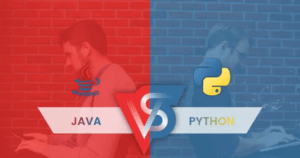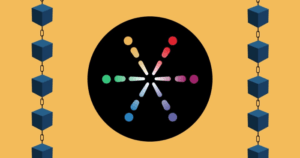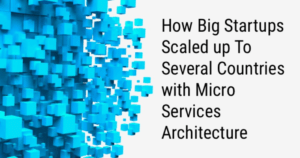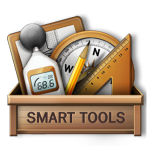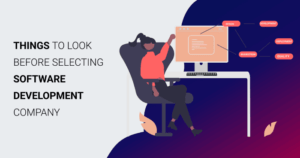
Oct 11 2024
Table of contents: 1. An Integrated Applicant Tracking System (ATS) 2. Customizable Workflows to Fit Your Unique Process 3. ...
View Blog
Oct 11 2024
Table of contents: Why Go for a Custom Hiring Solution? Key Components of Effective Job Portal Development Choosing the Right Partner for Jo...
View Blog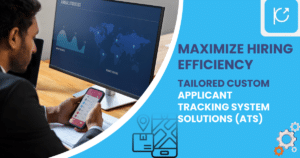
Oct 11 2024
Table of contents: The Advantages of Custom Applicant Tracking System Software Key Benefits of Custom Applicant Tracking Software Developmen...
View Blog
Sep 20 2024
Table of contents: Introduction How resume parser works Benefits of adapting resume parser in your recruitment process Resume parser vs trad...
View Blog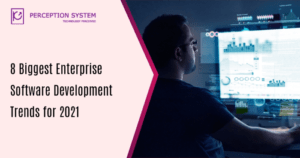
May 17 2021
Change is necessary, be it in lifestyle, technology, or software development trends. And undoubtedly you can see the changes in enterprise softwa...
View Blog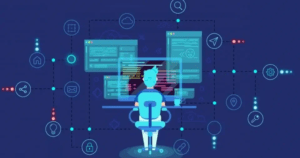
Dec 29 2020
Enterprise software is also scalable and can be used for a range of activities, including supply chain management, invoicing, sales and much more. Fin...
View Blog
Mar 12 2020
The software development for a startup is an altogether different thing from the established business. The current post is pointing out some useful ti...
View Blog
Feb 18 2020
Nowadays, using custom software has become an essential factor for most of the business organisations and corporations. Custom software helps a busine...
View Blog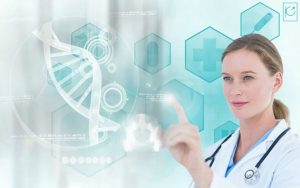
Oct 25 2019
When you think about the healthcare system in the US, you don’t necessarily spare much time for thinking about the software that’s behind it....
View Blog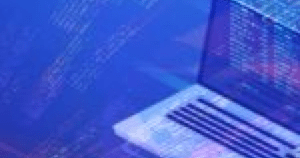
Sep 9 2019
Improving code quality comes with a series of major advantages. Find out more about code quality and how this could have huge benefits for your proje...
View Blog

